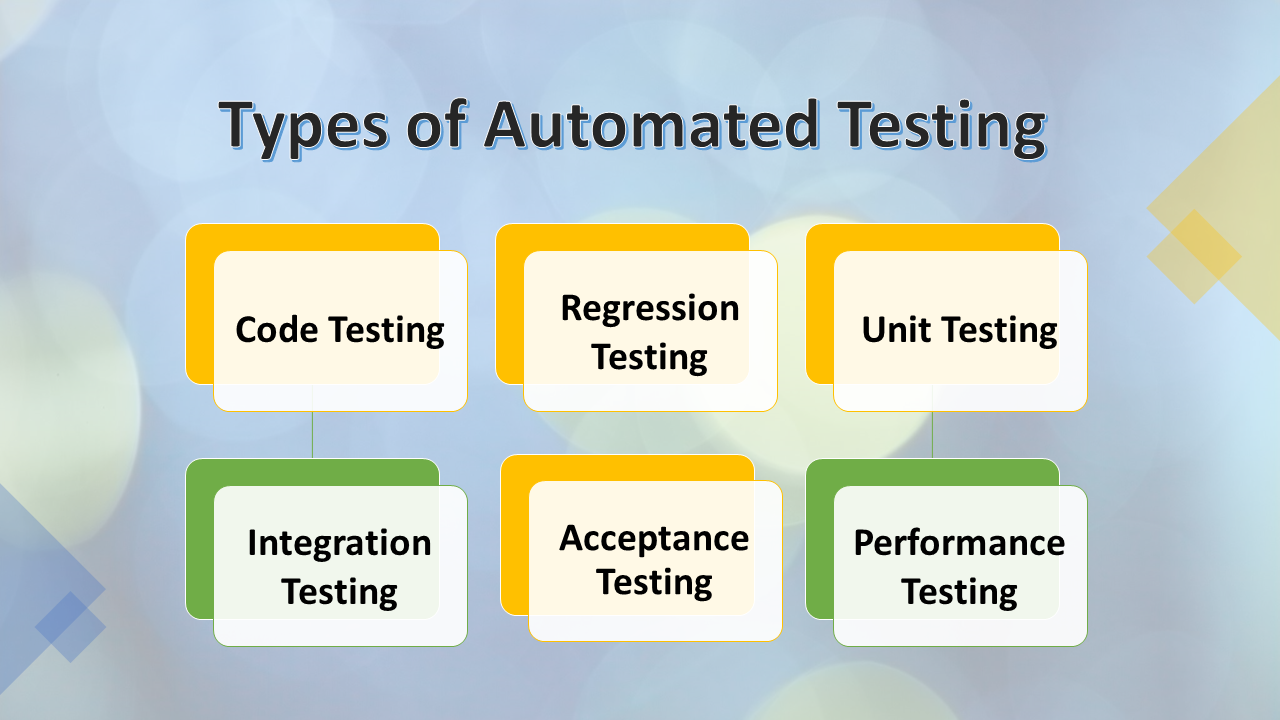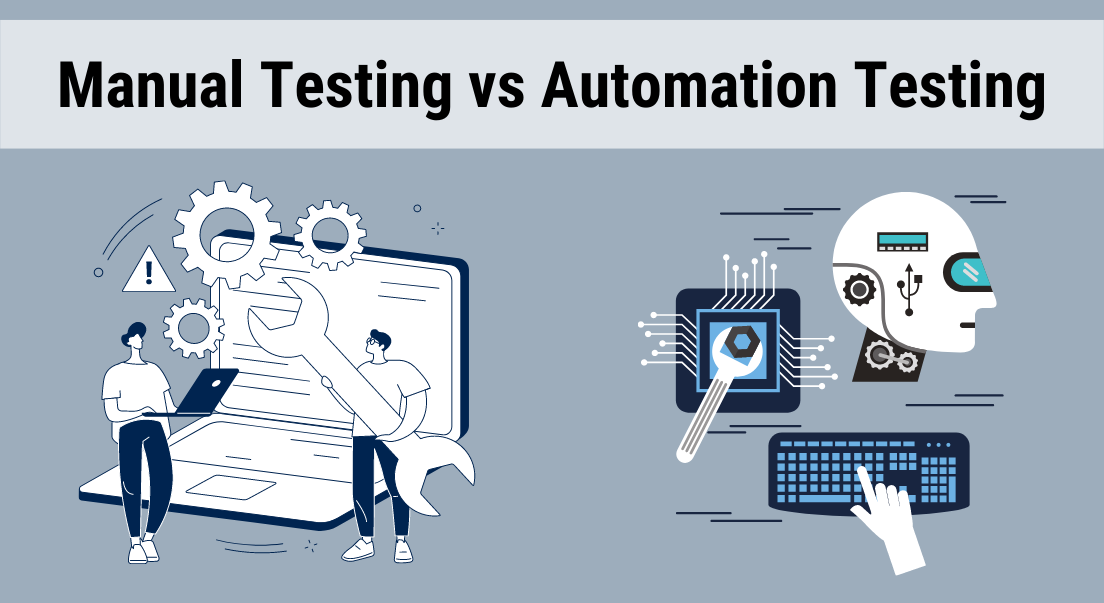Exploring the Future of Automation Testing in Software Application Advancement
Exploring the Future of Automation Testing in Software Application Advancement
Blog Article
From Guidebook to Automated Screening: A Comprehensive Guide to Transitioning Efficiently and Successfully
In the world of software application screening, the shift from handbook to automated procedures has become a significantly crucial shift for organizations seeking to boost efficiency and precision in their testing methods. The trip from handbook to automated testing is not without its challenges, yet when approached purposefully and with a clear plan in mind, the advantages can be considerable.
Benefits of Automated Examining
Automated screening offers many benefits, improving effectiveness and precision in software program development procedures. Automated tests can be run concurrently on multiple gadgets and running systems, considerably speeding up the testing phase compared to hands-on screening.
Moreover, automated testing guarantees a higher degree of precision in finding defects. Uniformity in screening is likewise improved, as automated tests execute the same actions exactly each time they are run.
Selecting the Right Tools

Firstly, examine your requirements and objectives. Comprehend the scope of your job, the technologies entailed, and the capability of your group. This evaluation will certainly assist you establish the capabilities and attributes you require in your testing tools.
Second of all, think about the compatibility of the devices with your existing processes and systems. Seamless integration with your present software advancement lifecycle is necessary to make sure a smooth transition to automation.
Furthermore, evaluate the scalability and flexibility of the tools. As your screening needs develop, the tools need to be able to adapt and suit changes successfully.
Lastly, factor in the assistance and neighborhood around the tools. When executing automated testing, durable support and an energetic customer neighborhood can give useful resources and support. By carefully taking into consideration these aspects, you can pick the right tools that align with your needs and set the stage for an effective change to automated testing.
Creating Effective Test Manuscripts

When crafting examination scripts, it is vital to consider the specific demands of the software application being tested and ensure that the manuscripts attend to all important functionalities. Clear and detailed calling conventions for test manuscripts and test situations can boost readability and maintainability. In addition, integrating error handling mechanisms within the examination manuscripts can help in recognizing and addressing concerns promptly.
In addition, arranging test manuscripts right into modular components can enhance reusability and scalability, decreasing redundancy and boosting efficiency in test manuscript upkeep. Routine testimonials and updates to examine manuscripts are crucial to equal read the article advancing software requirements and functionalities. By complying with these concepts, testers can create robust and effective examination manuscripts that add dramatically to the success of automated screening processes.
Integrating Automation Into Workflows
Efficient assimilation of automation tools into existing process enhances and simplifies procedures efficiency within software program advancement cycles. When integrating automation right into operations, it is critical to determine repeated jobs that can be automated to conserve time and lower human error. By seamlessly incorporating automated testing devices like Selenium or Appium right into the software advancement lifecycle, groups can attain faster responses on code modifications, resulting in quicker pest discovery and resolution. This combination permits continual testing throughout the development procedure, ensuring that any concerns are identified at an early stage, leading to greater software quality. Furthermore, automation can be used to activate examinations instantly after each code dedicate, offering immediate recognition and liberating testers to concentrate on more complex scenarios. Appropriate combination of automation devices needs partnership in between development, screening, and operations teams to develop a unified process that optimizes efficiency and effectiveness in supplying premium software items.
Ensuring a Smooth Transition
Successfully transitioning to automated testing includes meticulous preparation and cautious implementation to make best use of and reduce disturbances effectiveness in the software program growth process - automation testing. To ensure a smooth transition, it is important to begin by carrying out a thorough evaluation of the current testing processes and recognizing areas where automation can bring the most considerable benefits. Involving with all stakeholders at an early stage in the procedure, including designers, testers, and job managers, is critical for amassing assistance and buy-in for the automation initiative
Communication is essential throughout this transition stage. Clear communication of the goals, advantages, and expectations of automated screening aids to take care of any kind of resistance or worries that may emerge. Additionally, providing ample training and sources for my website group participants to upskill in automation tools and strategies is vital for ensuring a successful change.

Verdict
To conclude, transitioning from manual to automated screening offers numerous benefits, including boosted effectiveness and dependability. By choosing the appropriate tools, writing reliable test manuscripts, and integrating automation perfectly right into workflows, organizations can make sure a smooth and effective transition. It is important to accept automation as a useful property in software testing processes to enhance overall quality and productivity.
In the realm of software application screening, the shift from guidebook to automated procedures has ended up being a progressively important change for organizations seeking to improve effectiveness and precision in their testing methods. Automated examinations can be run concurrently on numerous devices and operating systems, significantly speeding up the testing stage contrasted to manual screening. Uniformity in testing is also enhanced, as automated tests perform the same actions precisely each time they are run.To make sure the successful implementation of picked screening devices, the development of reliable test manuscripts plays an important role in verifying the capability and efficiency of automated procedures - automation testing. By following these concepts, testers can produce effective and robust test scripts that contribute significantly to the success of automated screening procedures
Report this page